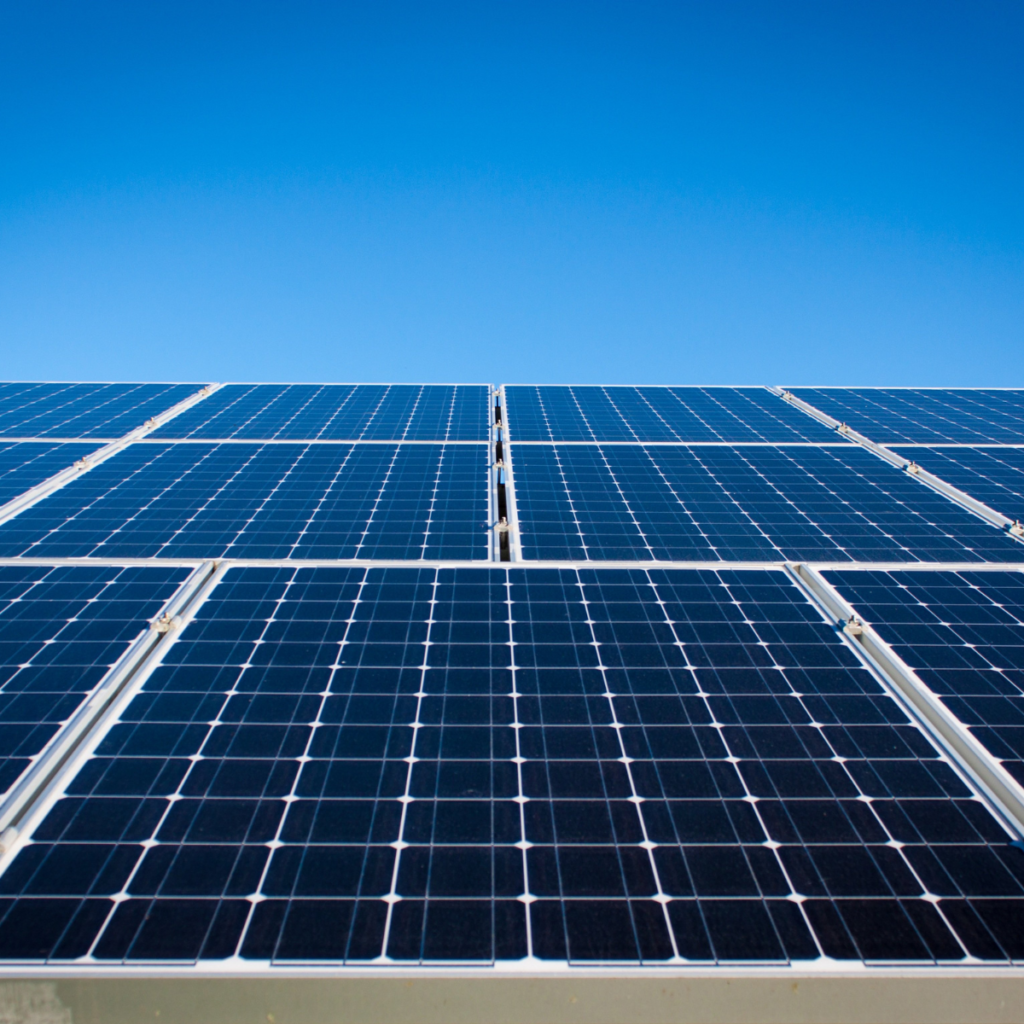Voltage Optimisation and G99 Regulations: Ensuring Compliance and Maximising Solar PV Benefits
Voltage optimisation and solar: a compliant, efficient energy strategy
With more UK businesses turning to renewable energy, solar installations are becoming common across commercial and industrial sites. But while solar reduces your grid reliance, it doesn’t address one of the most overlooked causes of energy waste: excess voltage.
That’s where voltage optimisation comes in.
Recently, there has been some confusion, particularly on LinkedIn, about whether voltage optimisation can be used alongside solar PV systems while remaining compliant with G99 regulations. The short answer is yes. When installed correctly, voltage optimisation works perfectly with solar and stays within regulatory guidelines.
What are G99 regulations and why do they matter?
G99 regulations govern how distributed energy systems like solar PV are connected to the UK electricity grid. They ensure all generators operate safely and reliably without causing disruption to the wider network.
If your business is generating electricity on-site, whether through solar or another renewable source, your system must comply with G99. This includes technical standards, protection requirements, and testing obligations. The aim is to safeguard both your equipment and the national grid.
Does voltage optimisation conflict with G99?
Some believe voltage optimisation causes issues with G99 compliance, particularly when paired with solar. The concern usually arises from improper placement of the voltage optimiser in the electrical system.
In truth, voltage optimisation does not interfere with G99 as long as the solar PV is connected to the grid side of the optimiser. This means the solar power is exported directly to the grid, bypassing the optimiser and avoiding any conflict with generation measurements or export limits.
The problem only arises when the optimiser is installed upstream of the solar inverter. Done properly, the two systems work together with no compliance issues.
How to install voltage optimisation and solar together
To stay compliant with G99 regulations while maximising your energy efficiency, follow this setup:
Connect the solar PV system directly to the grid side, upstream of the voltage optimisation unit.
Install the voltage optimiser so that it regulates voltage only for the site’s internal load.
Use monitoring tools like PDConnect to track system performance and export values.
This setup allows your solar system to operate independently and feed power into the grid, while the optimiser handles your internal voltage levels. Both systems operate in harmony, delivering energy savings without compromising compliance.
Why combine voltage optimisation with solar?
Solar PV helps reduce your energy bills by generating electricity on-site. However, it does not reduce your total energy consumption. Voltage optimisation does.
By lowering and regulating incoming voltage to match your equipment’s actual needs (usually 220V instead of 240V or more), voltage optimisation eliminates waste and reduces stress on your systems.
Together, the benefits of combining the two are substantial:
Lower energy consumption
Voltage optimisation reduces the electricity used across lighting, HVAC, motors, and refrigeration systems.Extend equipment lifespan
Lower voltage means less heat, less wear, and fewer breakdowns, helping your assets last longer.Increase ROI on solar
A more efficient site means every unit of solar energy goes further, improving the return on your solar investment.Support sustainability goals
Combining solar generation with reduced energy waste helps you hit SECR, ESOS, and net zero targets faster.
This pairing is especially valuable for multi-site operators or high-consumption sectors such as manufacturing, logistics, and hospitality.
Voltage optimisation and solar do not conflict
It is a common misconception that voltage optimisation and solar cannot be installed together. When installed with correct system design, the two technologies complement each other.
The key is simple: solar connects to the grid first, then the voltage optimiser steps in to regulate power for your site. This ensures compliance with all G99 requirements and guarantees accurate export reporting.
If you’re already investing in solar or considering it, voltage optimisation adds another layer of efficiency that enhances your results without requiring behavioural changes or operational adjustments.
Make your energy work harder
Voltage optimisation and solar are not competing solutions. Used together, they offer a powerful way to reduce costs, cut emissions, and improve system reliability. At Powerdown220, we help businesses integrate these technologies properly, ensuring compliance, performance, and measurable results.
Whether you manage a single site or a national portfolio, this approach supports smarter energy use and long-term savings.

